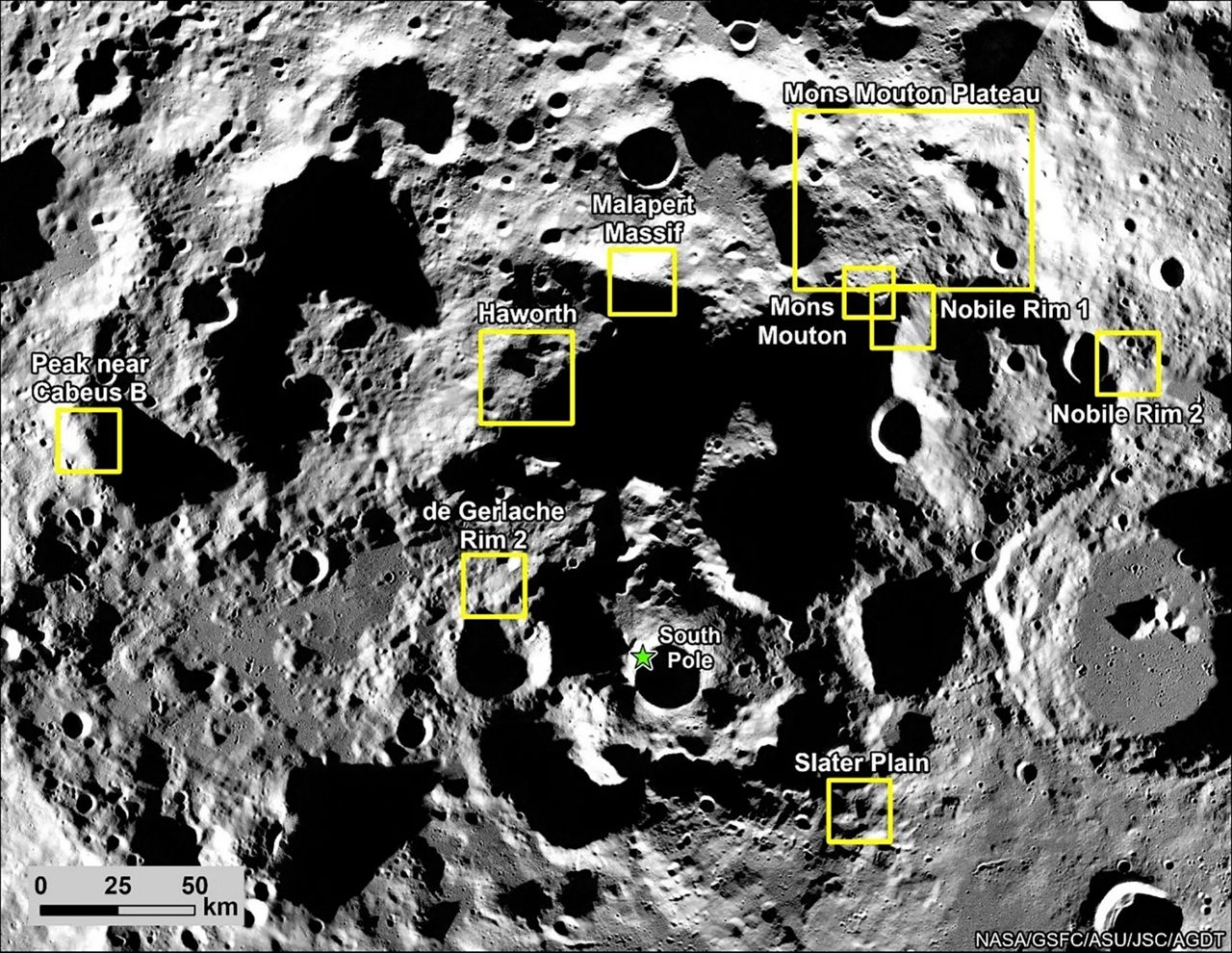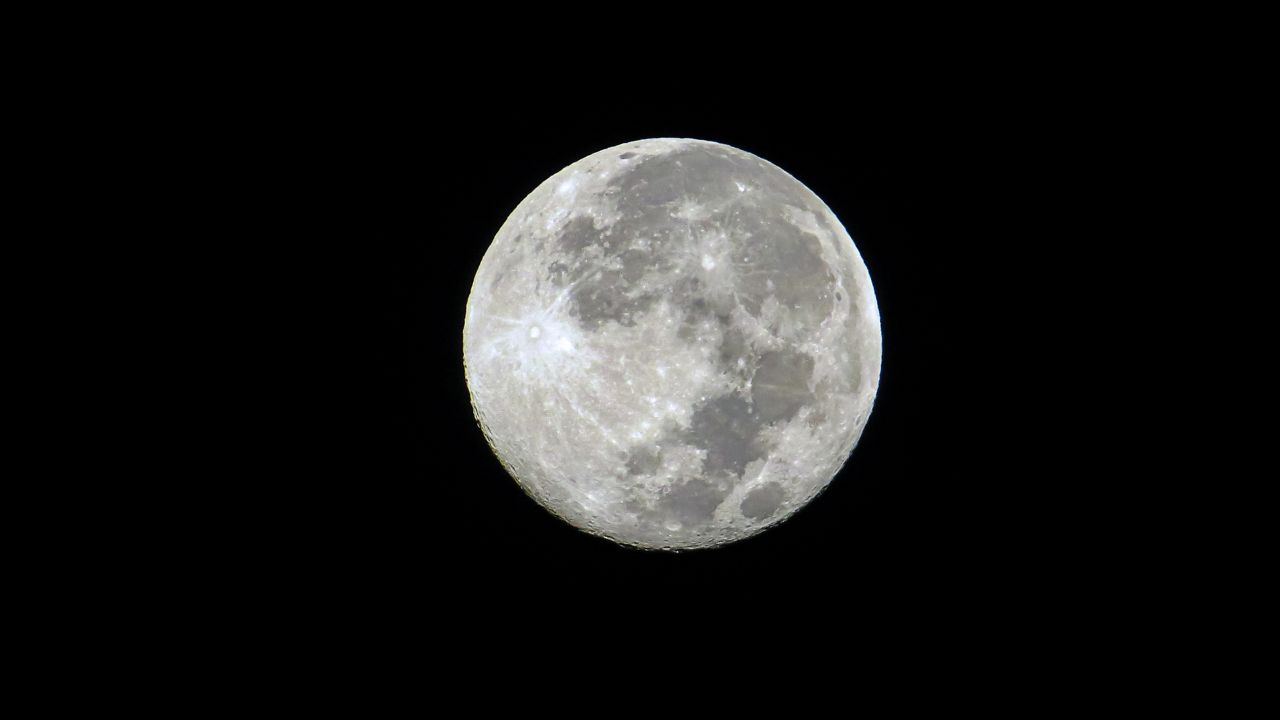CAPE CANAVERAL SPACE FORCE STATION — NASA has laid out nine possible landing sites for the Artemis III moon mission, currently scheduled for 2026.
What You Need To Know
- The nine potential landing sites have been selected due to scientific interest, among other things
- The Artemis III is set to land on the moon, the first time since the Apollo 17 mission in 1972
- RELATED: From Apollo to Artemis: How Axiom Space’s new suits will handle the harsh moon dust
- Get more space coverage here ▶
- 🔻See the Artemis III moon landing candidates🔻
The nine potential landing sites are:
- Peak near Cabeus B
- Haworth
- Malapert Massif
- Mons Mouton Plateau
- Mons Mouton
- Nobile Rim 1
- Nobile Rim 2
- de Gerlache Rim 2
- Slater Plain

These areas, located in the moon’s South Pole, have been selected because of their diverse and unique geological characteristics, stated NASA in a press release on Monday.
“The lunar South Pole has never been explored by a crewed mission and contains permanently shadowed areas that can preserve resources, including water,” NASA stated.
In the press release, Sarah Noble, Artemis lunar science lead at NASA Headquarters in Washington, D.C., explained that the South Pole is a very different region than where the Apollo missions landed and explored more than 50 years ago.
“It offers access to some of the Moon’s oldest terrain, as well as cold, shadowed regions that may contain water and other compounds. Any of these landing regions will enable us to do amazing science and make new discoveries,” she said of the South Pole of the moon.
In 2022, it was announced that the Chinese moon lander Chang’-e 5 confirmed there is possible water on the moon in the form of wavelengths that are unique to water.
Water on the moon means humans can have a base on Earth’s lunar sister as it would provide something to drink and help with rocket fuel, among other things.
The Artemis III geology team and other teams of scientists and engineers poured over data collected from NASA’s Lunar Reconnaissance Orbiter and other research to decide which areas would make good candidates for the Artemis III mission, which will see the first woman and person of color to walk on the moon.
The factors that researchers kept in mind when choosing landing sites are: science prospective, launch window availability, terrain suitability, being able to communicate with Earth, and lighting conditions.
“Artemis III will be the first time that astronauts will land in the south polar region of the moon. They will be flying on a new lander into a terrain that is unique from our past Apollo experience,” stated Jacob Bleacher, NASA’s chief exploration scientist, in the press release. “Finding the right locations for this historic moment begins with identifying safe places for this first landing, and then trying to match that with opportunities for science from this new place on the moon.”
NASA is hoping the unnamed Artemis III crew will land on the moon no earlier than September 2026 using the Space Launch System rocket, the Orion space capsule and SpaceX’s Starship.

In 2025, NASA’s Cmdr. Reid Wiseman, pilot Victor Glover, and mission specialist Christina Koch, and mission specialist Jeremy Hansen from the Canadian Space Agency will leave Earth and orbit the moon. It will be the first time since 1972 that humans have visited the moon.
The Artemis II and III mission launch dates were pushed back after NASA teams inspected the Orion after its splashdown and discovered safety issues.
The uncrewed Artemis I was launched in 2022 to test the rocket and Orion.




